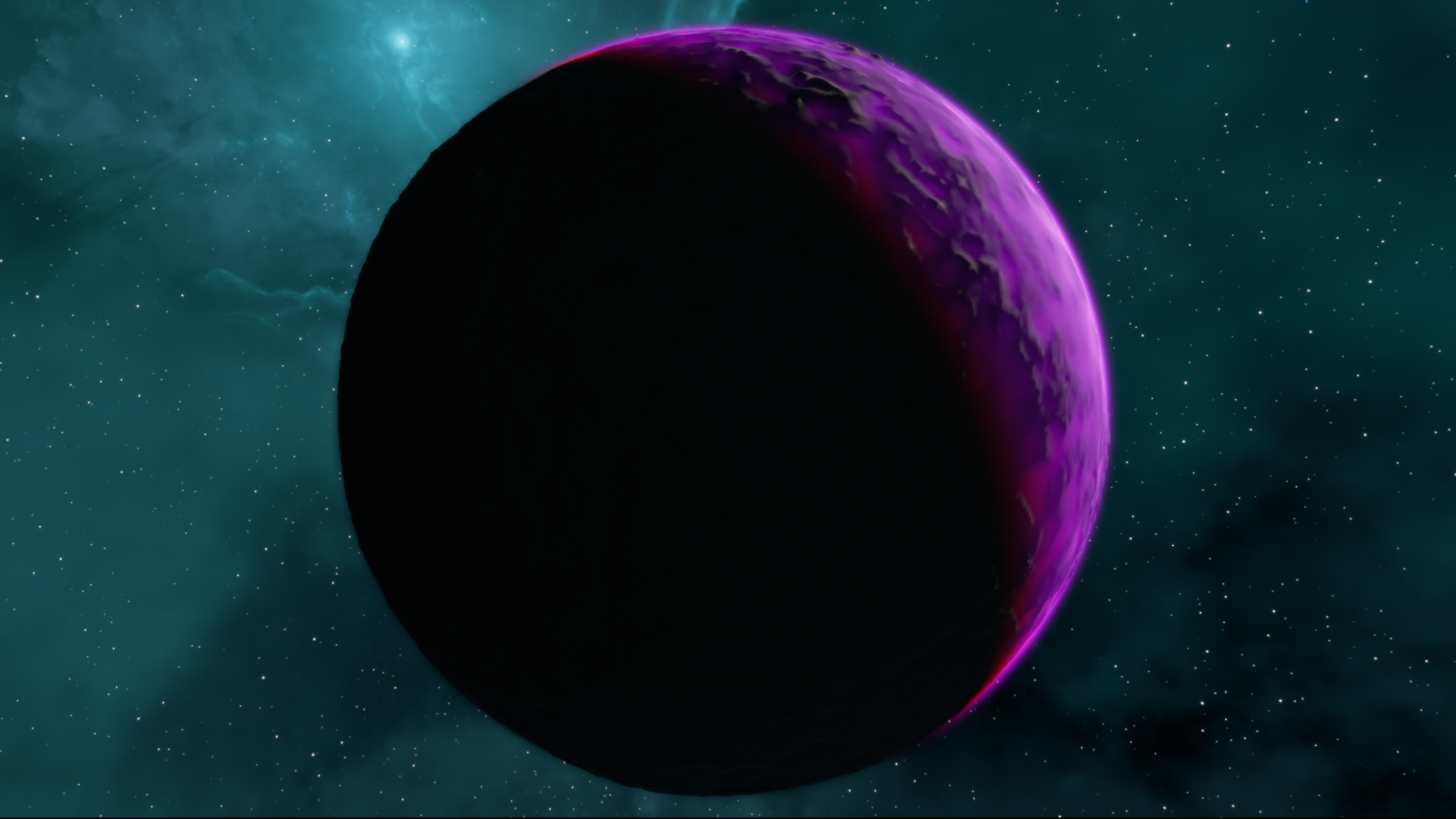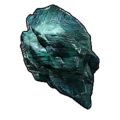Difference between revisions of "Amethystos"
Tags: Manual revert Reverted |
Tag: Manual revert |
||
| Line 9: | Line 9: | ||
}} | }} | ||
{{SB Infobox Celestial Body General Information | {{SB Infobox Celestial Body General Information | ||
|pronunciation={{IPAc-en|a:|.|m| | |pronunciation={{IPAc-en|a:|.|m|ɛ|.|ˈ|θ|uː|s|.|t|oʊ|s|}} | ||
|languageOrigin=[[wikipedia:Ancient_Greek|Ancient Greek]] | |languageOrigin=[[wikipedia:Ancient_Greek|Ancient Greek]] | ||
|ipaKey=[[wikipedia:Ancient_Greek_phonology|key]] | |ipaKey=[[wikipedia:Ancient_Greek_phonology|key]] | ||
Revision as of 05:13, 1 July 2024
(Ancient Greek) - IPA(key)
Amethystos (/ɑː.meɪ.ˈθjs.tjʊs/) is an unusually dark moon approximately 70,000 kilometers away from Eos. During the day, its sky glows with fuchsia and a light purple, to which it owes its namesake. Since its atmosphere is held closely to the surface, ground-level fog quickly obscures the relatively flat terrain, with notable exception in mountainous regions which often extend above the atmospheric layer.
Nomenclature
Amethyste or Amethystos is supposedly a nymph in Greek mythology who is turned into a precious stone by the goddess Diana in order to avoid a worse fate at the hands of the god Dionysus, thus explaining the origin of the semi-precious stone amethyst. Although this tale has circulated a lot in various sites and books, no ancient source attests to it, and its origin is much later than either ancient Greece or Rome.











